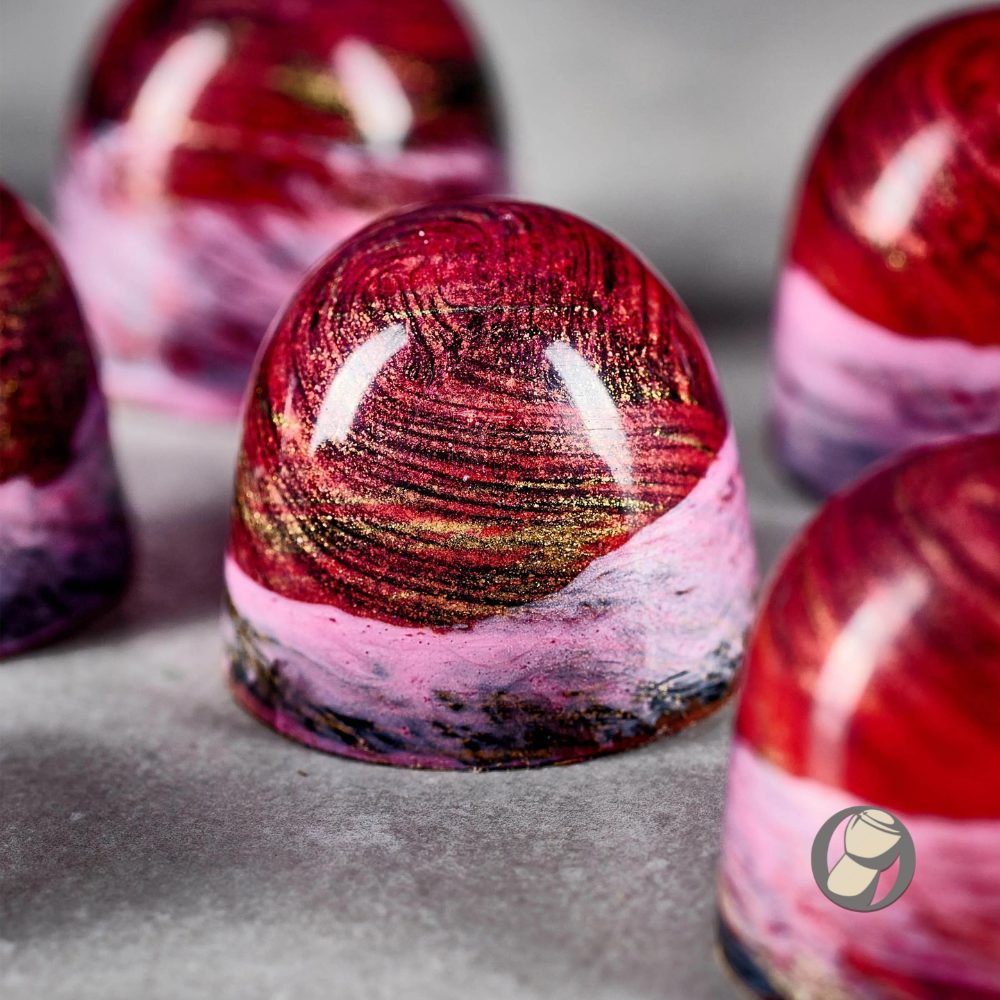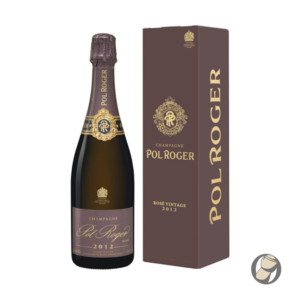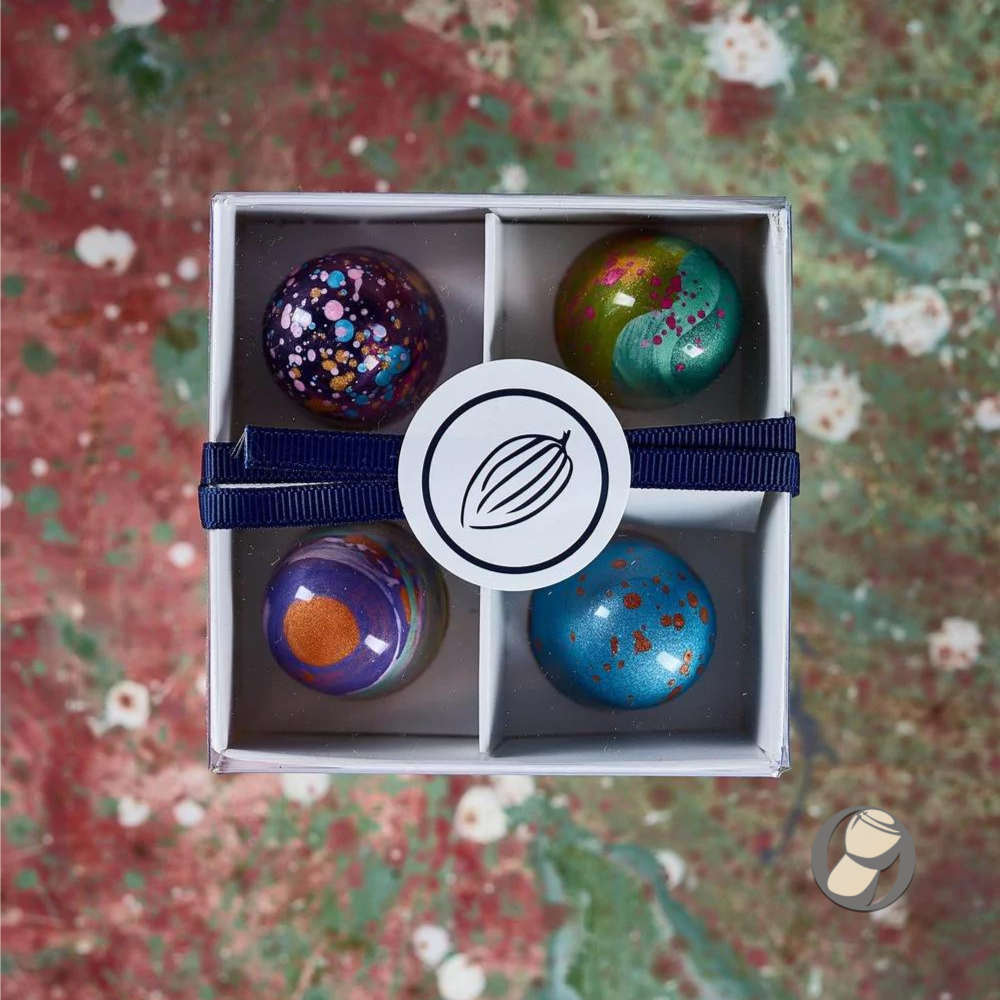Rosé
Rosé Champagne
Most champagne houses, have long included a rosé champagne in their range of wines, the style now comprises about 10% of all champagne produced. Once it was very obvious that, with a handful of exceptions, most houses regarded rosé champagne as a sort of off-cut, whose quality didn’t really matter.
All this has changed, perhaps because of the rise in popularity of rosé still wine, perhaps because warmer summers have improved the quality of the dark-skinned Pinot grapes that are an essential ingredient, or perhaps winemakers have now come around to caring about this wonderful style of wine. Rosé Champagne is now more than a fashion. Much more than 10 or 15 years ago, people are looking at rosé as a serious champagne. We have a lot of people who are fans of rosé specifically, and we have a few collectors who are deliberately looking for old rosés.
Created using a choice of three grapes – pinot noir, meunier and chardonnay – rosé champagne is no longer seen as frivolous by champagne houses. In fact, it now accounts for an increasingly large portion of sales.
It is up to the champagne cellar master to select the blend that best reflects their house style. So much so, that you can expect these wines to range in colour from pale blush to salmon pink, with a taste of fresh summer fruits, such as strawberries, raspberries and cherry. Sometimes there will be a touch of brioche, pastry or toastiness. Of course, there must always be smooth, persistent bubbles.
Pairing Rosé Champagne Food
It goes without saying your preferred bubbles must be served chilled. Anywhere between 8 and 10 Celsius is optimal – any cooler and you run the risk of killing more nuanced flavours. But, as far as food pairings go, you might be surprised by how versatile rosé champagne can be.

Lighter styles work well with seafood, while fuller-bodied bottles can take on meatier mains with ease, cutting through fatty pieces of lamb or duck with racing acidity. When pairing with desserts, look out for wines with a high proportion of pinot noir in the blend to match the fruity notes on the plate.



















